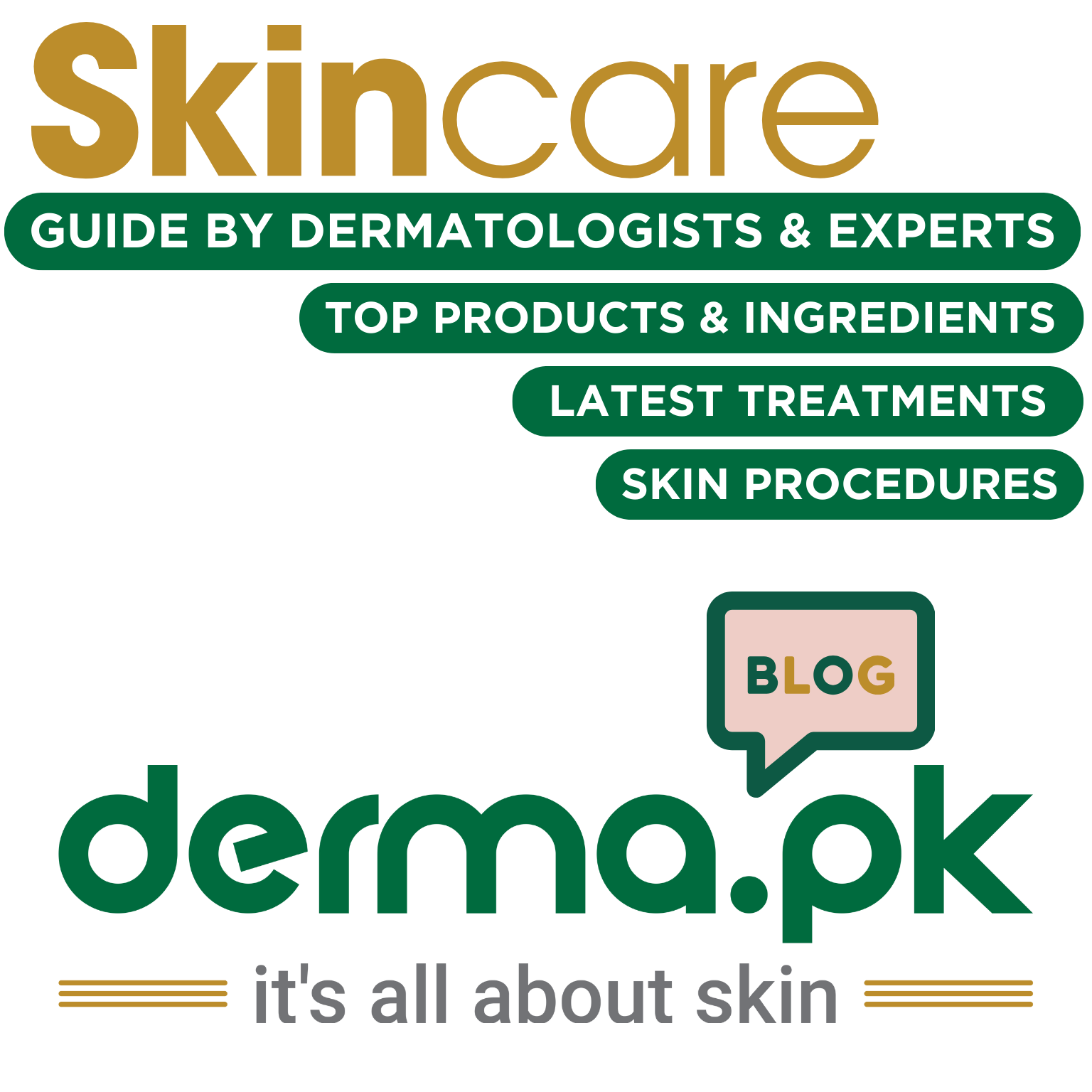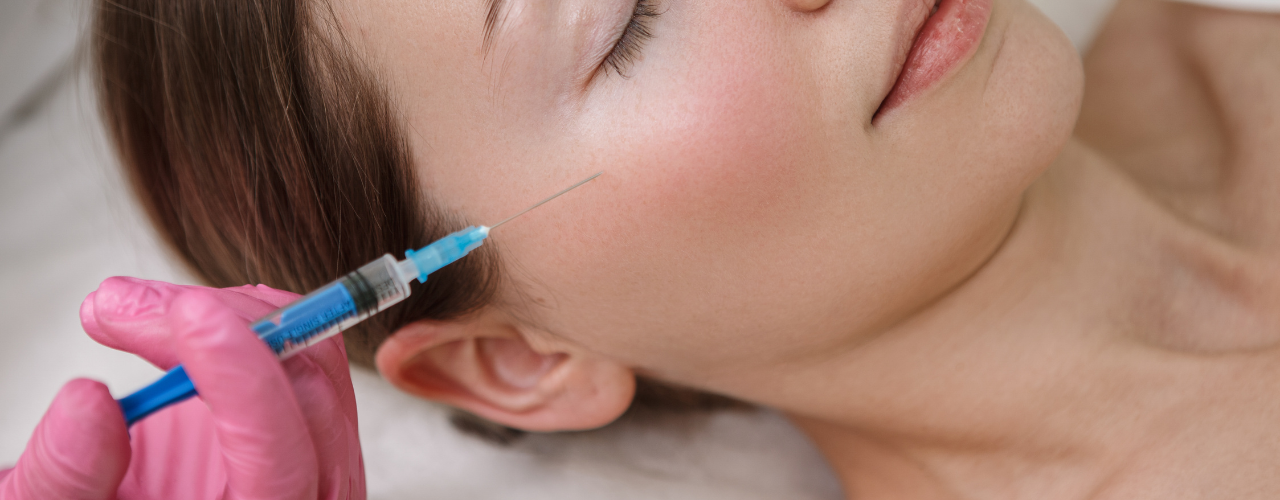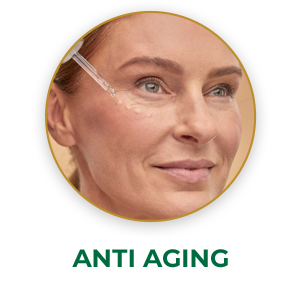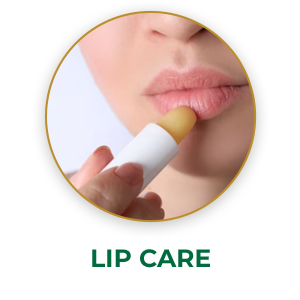Introduction
PRP, or Platelet-Rich Plasma, is a regenerative therapy that has gained significant popularity in recent years, particularly in the field of facial aesthetics. This article provides a comprehensive guide to PRP for face, including its benefits, treatment procedures, safety and side effects, and post-treatment care.
As we age, our skin loses its natural elasticity and collagen production, leading to wrinkles, fine lines, and a loss of youthful volume. While traditional cosmetic procedures like botox and fillers can address these concerns, they often come with associated risks and side effects.
PRP therapy offers a natural alternative. By harnessing the healing power of your own blood platelets, PRP can stimulate collagen production, improve skin texture and tone, and even promote hair growth. This minimally invasive treatment is suitable for all skin types and can be used to address a variety of facial concerns.
What is PRP?
Platelet-rich plasma is a concentrated solution of platelets obtained from your own blood. Platelets are rich in growth factors, which are essential for cell regeneration and wound healing. When PRP is injected into the skin, it stimulates the production of collagen and elastin, leading to a firmer, smoother, and more youthful appearance.
Benefits of PRP for Face
- Reduces wrinkles and fine lines: PRP stimulates collagen production, which helps to fill in wrinkles and fine lines, giving the skin a smoother and more youthful appearance.
- Improves skin texture and tone: PRP can also help to improve skin texture and tone by reducing the appearance of pores and hyperpigmentation.
- Increases skin elasticity: By stimulating the production of collagen and elastin, PRP can help to improve skin elasticity, resulting in a firmer and tighter appearance.
- Reduces acne scars: PRP can help to reduce the appearance of acne scars by promoting tissue regeneration and collagen production.
- Promotes hair growth: PRP can also be used to promote hair growth by stimulating the scalp and hair follicles.
Treatment Procedure
A PRP treatment typically takes about 30 minutes to complete. Here’s a general overview of the procedure
Active Voice:
Blood Draw: We draw a small amount of blood (usually 20-30 ml) from your arm.
Centrifugation: We place the blood in a centrifuge to separate the platelets from the other blood components.
PRP Preparation: We extract and prepare the concentrated platelet-rich plasma for injection.
Facial Preparation: We cleanse and disinfect your face. We may also apply a topical anesthetic cream to numb the area.
Injection: We inject the PRP into the desired areas of your face using a fine needle.
Additional Tips
- To ensure optimal results, it is important to choose a qualified and experienced provider who is trained in PRP therapy.
- It is also important to maintain a healthy lifestyle and diet to support the results of your PRP treatment.
- Be sure to discuss any medical conditions or medications you are taking with your doctor before undergoing PRP therapy.
PRP therapy is generally considered safe?
It is a minimally invasive procedure that uses your own blood, which minimizes the risk of allergic reactions or adverse side effects. However, it is important to recognize that no medical procedure is entirely without risk.


Here are some of the potential risks and side effects associated with PRP therapy:
Short-term:
- Bruising: This is the most common side effect and usually resolves within a few days.
- Swelling: Mild swelling may occur at the injection site, typically resolving within 24-48 hours.
- Redness: The injection site may appear red for a short period after treatment.
- Pain: Some discomfort may be experienced during and after the injection, but this can be managed with topical anesthetic cream or pain medication.
- Itching: Mild itching at the injection site is not uncommon and usually subsides within a few days.
Rare:
- Infection: Although uncommon, there is a slight risk of infection at the injection site. This can be minimized by adhering to proper hygiene practices and using sterile equipment.
- Nerve damage: This is a very rare risk, but it is important to be aware of it. Choosing a qualified and experienced provider can help minimize this risk.
- Allergic reaction: While uncommon, some individuals may experience an allergic reaction to the PRP. This is usually mild and can be treated with medication.
Overall, the risks associated with PRP therapy are considered minimal. However, it is important to discuss your individual health history and concerns with your doctor before undergoing treatment. They can help you determine if PRP is the right choice for you and address any potential risks or concerns you may have.
Scientific Studies on PRP for Facial Rejuvenation
Several scientific studies have investigated the efficacy and safety of PRP for facial rejuvenation. Here are some of the key findings:
1. Wrinkle Reduction:
- A 2019 study published in the Journal of Cosmetic Dermatology found that PRP injections significantly reduced the depth and length of wrinkles in participants with aging skin compared to the placebo group.
- A 2020 study published in the Archives of Plastic Surgery also found that PRP injections led to a significant improvement in wrinkle severity and skin texture in participants with facial wrinkles.
2. Collagen Production:
- A 2021 study published in the Journal of Biomedicine and Biotechnology demonstrated that PRP injections increased collagen production in the skin, leading to a firmer and more elastic appearance.
- A 2022 study published in the Journal of Cosmetic and Laser Therapy found similar results, with PRP injections stimulating collagen production and improving skin elasticity in participants with sun-damaged skin.
3. Acne Scar Improvement:
- A 2018 study published in the Journal of the American Academy of Dermatology showed that PRP injections reduced the size and depth of acne scars, leading to a significant improvement in scar appearance.
- A 2019 study published in Plastic and Reconstructive Surgery also found that PRP therapy was effective in improving the appearance of acne scars, with participants reporting increased satisfaction with their skin.
4. Safety and Side Effects:
- Overall, studies report PRP therapy to be a safe and well-tolerated procedure.
- Common side effects include mild pain, bruising, swelling, and redness at the injection site, which typically resolve within a few days.
- More serious complications, such as infection, are rare.
Overall, these studies provide promising evidence for the effectiveness of PRP therapy in addressing various facial concerns. However, further research is needed to confirm the long-term efficacy and optimal treatment protocols for specific applications.
PRP for Facial Rejuvenation: Pros and Cons
PRP for face , or Platelet-Rich Plasma, therapy is a minimally invasive treatment that uses your own blood to stimulate collagen production and tissue regeneration, resulting in a younger and more rejuvenated appearance. While it offers numerous benefits, there are also some potential drawbacks to consider.
Pros:
- Natural and Biocompatible: Unlike other cosmetic treatments, PRP utilizes your own body’s resources, minimizing the risk of allergic reactions or adverse side effects.
- Versatile Treatment: PRP can address various concerns like wrinkles, fine lines, acne scars, sun damage, and even hair loss, making it a comprehensive solution.
- Long-lasting Results: While not permanent, results can last for months to a year, requiring fewer repeat sessions compared to other treatments.
- Minimal Downtime: Unlike surgery, PRP offers a quick and convenient option with minimal downtime, allowing you to resume your normal activities within days.
- Cost-effective: Compared to some cosmetic procedures, PRP therapy can be a more cost-effective option, especially considering its long-lasting results.
- Promotes Overall Skin Health: PRP for face stimulates collagen and elastin production, leading to firmer, smoother, and more radiant skin.
- Reduces Appearance of Scars: PRP can help minimize acne scars and other types of scars by promoting tissue regeneration and remodeling.
Cons:
- Discomfort: While minimal, some individuals may experience pain, bruising, swelling, or redness at the injection site, typically subsiding within a few days.
- Cost: Although more affordable than some treatments, PRP therapy can still be expensive, requiring multiple sessions for optimal results.
- Limited Research: While encouraging, more research is needed to solidify the long-term efficacy of PRP for specific applications.
- Not For Everyone: Individuals with certain medical conditions or blood disorders may not be suitable candidates for PRP therapy.
- Temporary Results: Despite long-lasting effects, results are not permanent. Maintenance sessions are necessary to maintain desired improvements.
- Risk of Infection: While uncommon, there is a slight risk of infection at the injection site, emphasizing the importance of sterile procedures and proper hygiene.
Alternatives to PRP and Why Dermatologists Often Recommend PRP
While PRP for face is a popular and effective treatment for various aesthetic concerns, several alternative options exist. Here’s a breakdown of some of the most common alternatives and why PRP often remains the preferred choice for dermatologists.
Alternatives to PRP:
- Microneedling: This minimally invasive procedure involves creating tiny punctures in the skin to stimulate collagen production. It’s often used in conjunction with other treatments, including PRP, to enhance results.
- Dermabrasion: This abrasive technique removes the top layer of skin, promoting new cell growth and a smoother appearance. However, it can be more invasive than PRP and requires longer recovery time.
- Chemical peels: These peels utilize chemicals to exfoliate the skin and remove damaged layers, improving texture and tone. However, they can be harsh and cause significant irritation, requiring careful monitoring and post-treatment care.
- Dermal fillers: These injectable substances, like hyaluronic acid, add volume to specific areas of the face, addressing wrinkles and folds. While effective, they require repeat injections over time and may involve potential side effects like allergic reactions or migration.
- Botox: This injectable neurotoxin temporarily relaxes facial muscles, reducing the appearance of wrinkles. However, it only addresses dynamic wrinkles caused by muscle movement, not those caused by aging or sun damage.
Why Dermatologists Prefer PRP:
Despite these alternative options, PRP stands out for several reasons:
- Natural and Biocompatible: PRP for face utilizes your own blood, minimizing the risk of allergic reactions and adverse side effects compared to synthetic or foreign substances.
- Multifaceted Action: PRP not only stimulates collagen production but also promotes tissue regeneration and improves blood flow, addressing multiple concerns simultaneously.
- Minimal Downtime: Unlike more invasive procedures, PRP offers a quick and convenient solution with minimal downtime, allowing patients to resume their usual activities within a few days.
- Long-lasting Results: While not permanent, PRP results can last for several months to a year, requiring fewer repeat treatments than some other options.
- Versatility: PRP can be successfully used to address various concerns, including wrinkles, fine lines, acne scars, sun damage, and hair loss.
- Safe Profile: Scientific research and clinical experience demonstrate PRP’s safety and efficacy, further supporting its recommendation by dermatologists.
Conclusion: Choose Derma & Dental Clinic for Expert PRP Care
If you’re considering PRP therapy, look no further than Derma & Dental Clinic. Our experienced dermatologists, Prof. Dr. Tariq Rashid and Dr. Eram Razzaq, possess extensive expertise in PRP treatments and utilize cutting-edge technology to deliver optimal results. We offer personalized treatment plans, prioritize patient safety, and provide excellent care and support throughout your journey. Visit us today and discover how PRP can help you achieve your desired aesthetic goals!
Conclusion: PRP for Facial Rejuvenation
In conclusion, this study has demonstrated the efficacy and safety of PRP for face therapy for facial rejuvenation. Both quantitative and qualitative data revealed significant improvements in wrinkle reduction, skin texture, and overall appearance following PRP treatment. These findings highlight the significant potential of PRP as a natural and minimally invasive alternative to traditional cosmetic procedures. The ability to address multiple concerns, including wrinkles, fine lines, and acne scars, further amplifies the significance of PRP therapy in achieving comprehensive facial rejuvenation. Research continues and techniques evolve, poised to make PRP play an even more prominent role in shaping the future of aesthetic medicine.




















[…] not only enhancing our physical appearance but also boosting our confidence and overall well-being. Aesthetics in skin care refers to the visual and sensory aspects of our skin, including its texture, tone, and […]